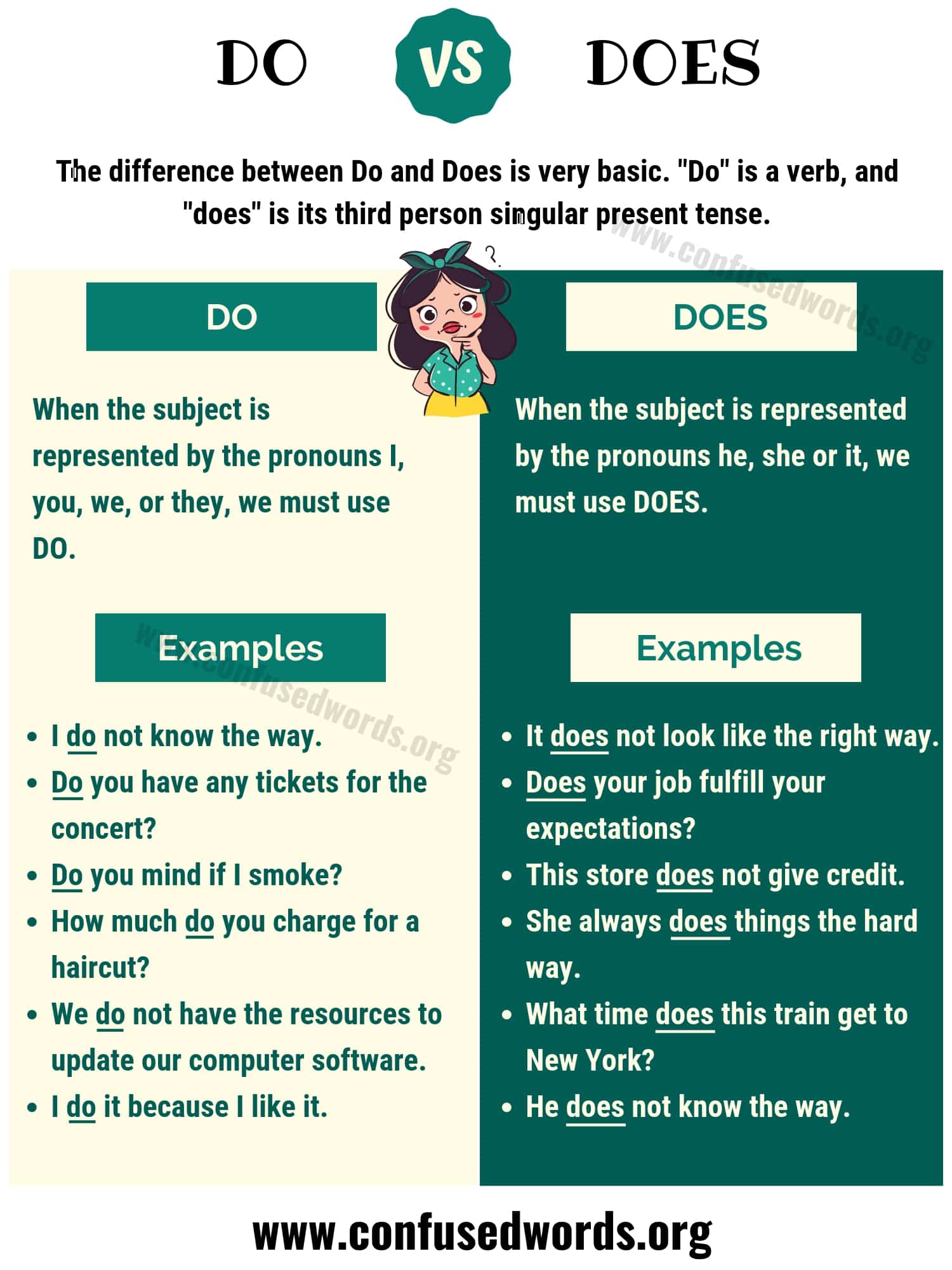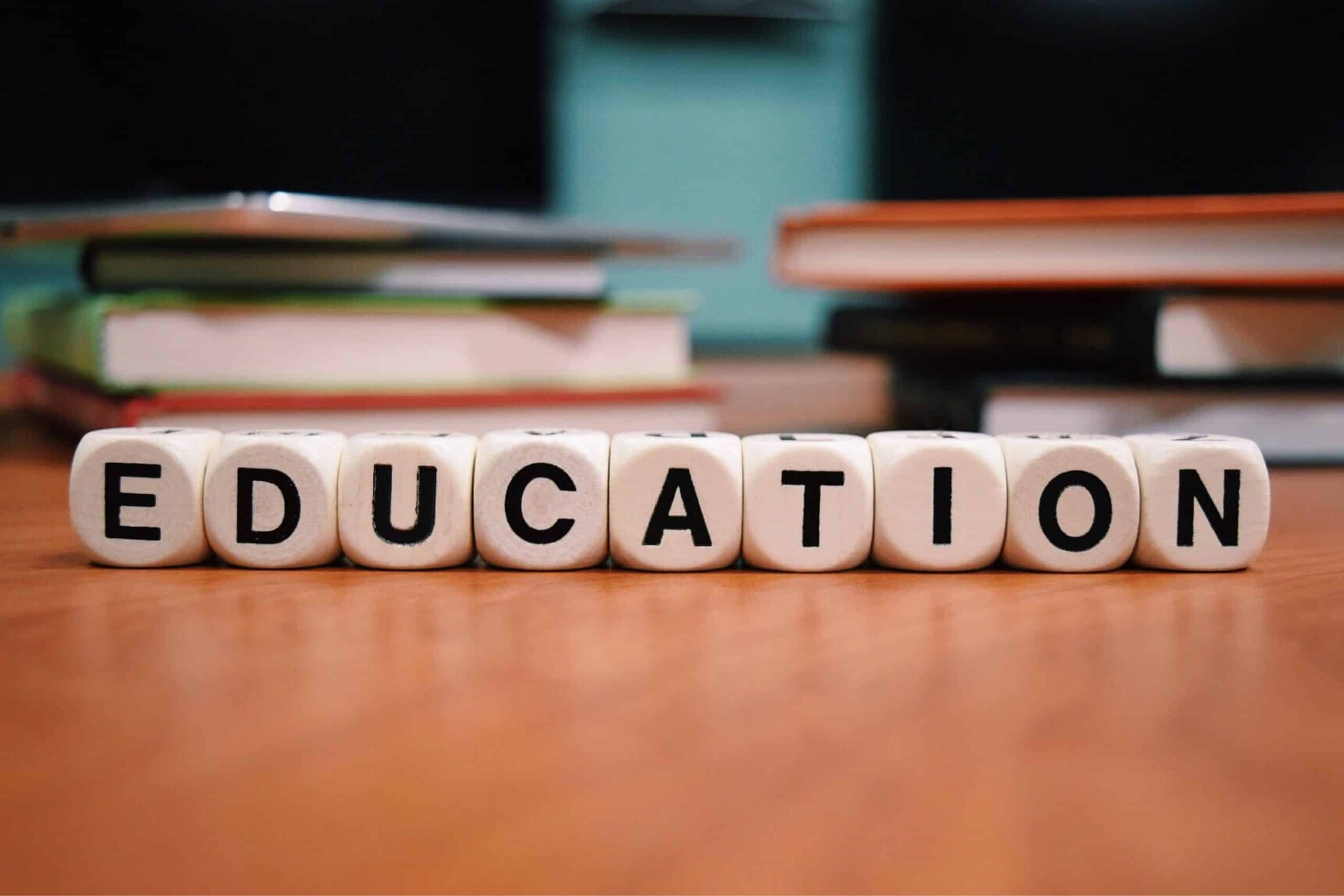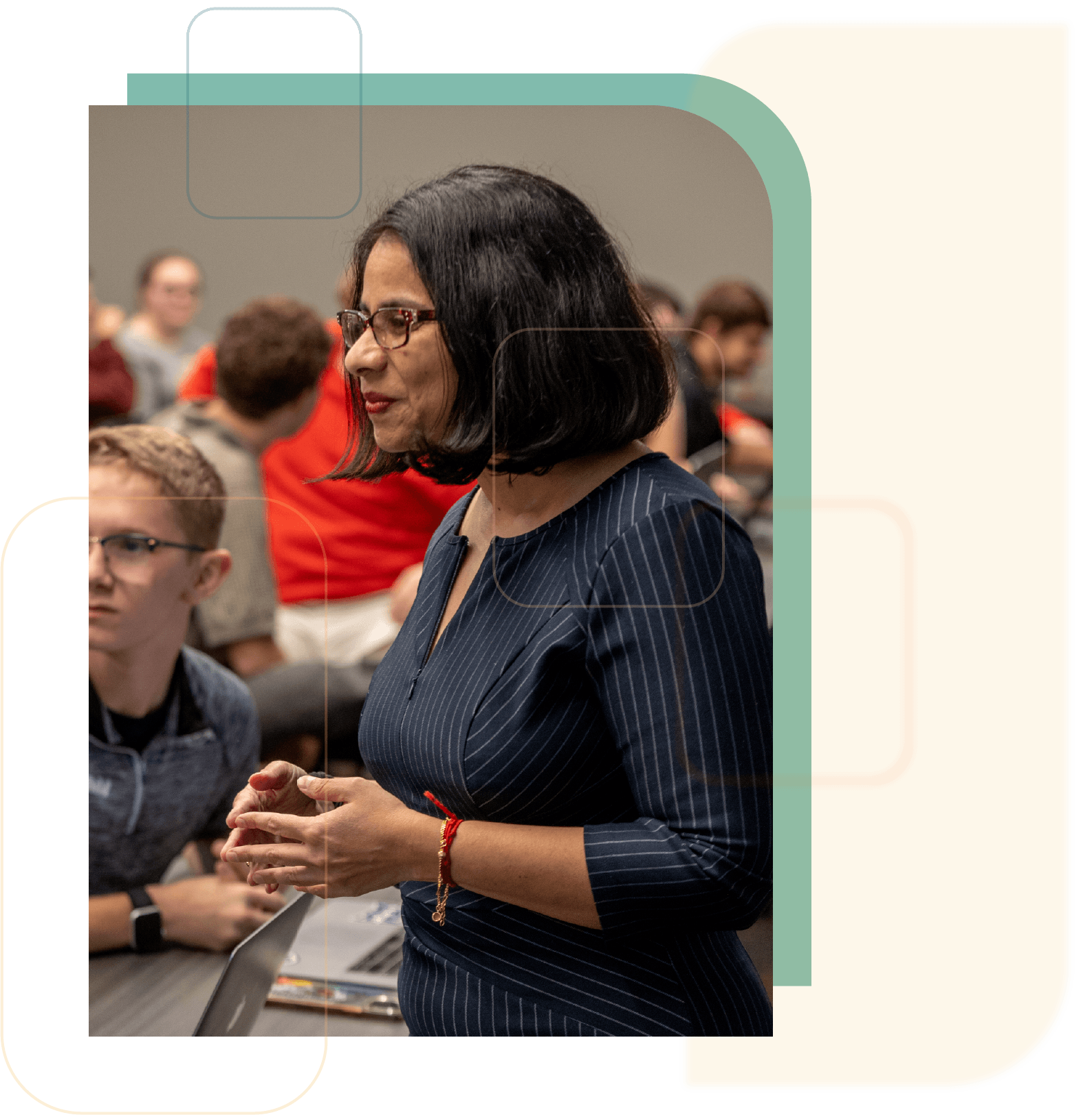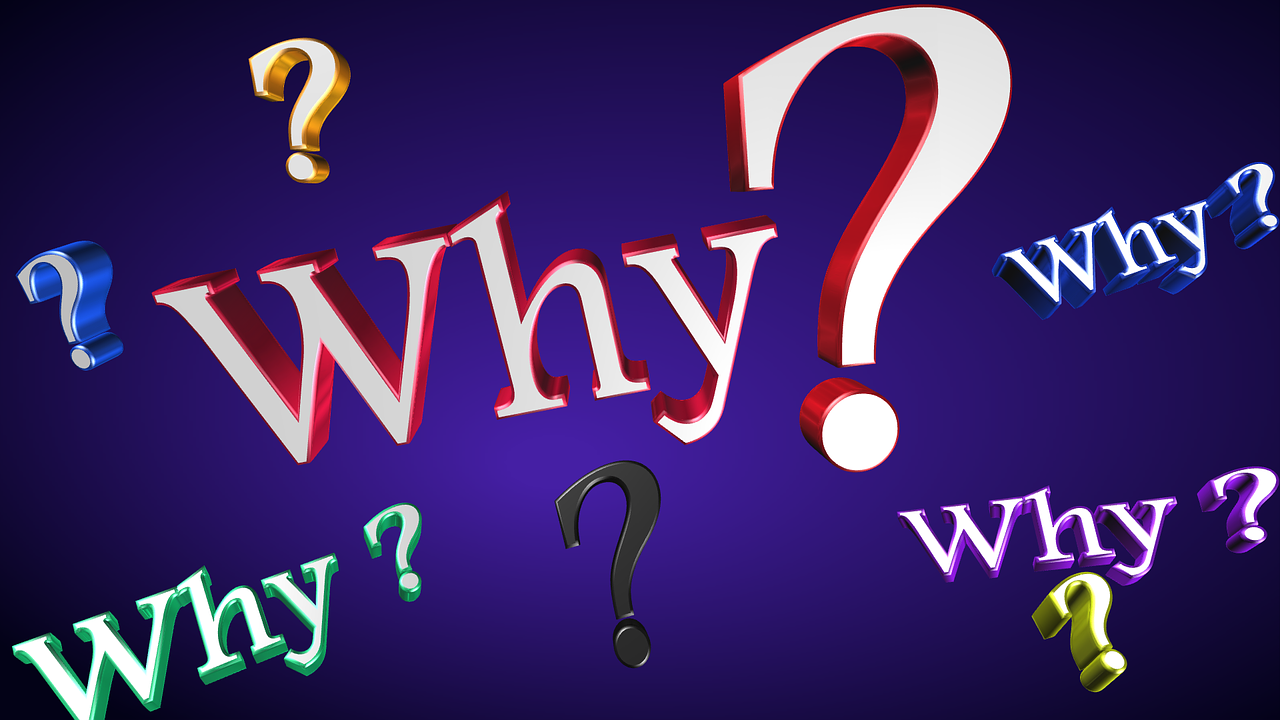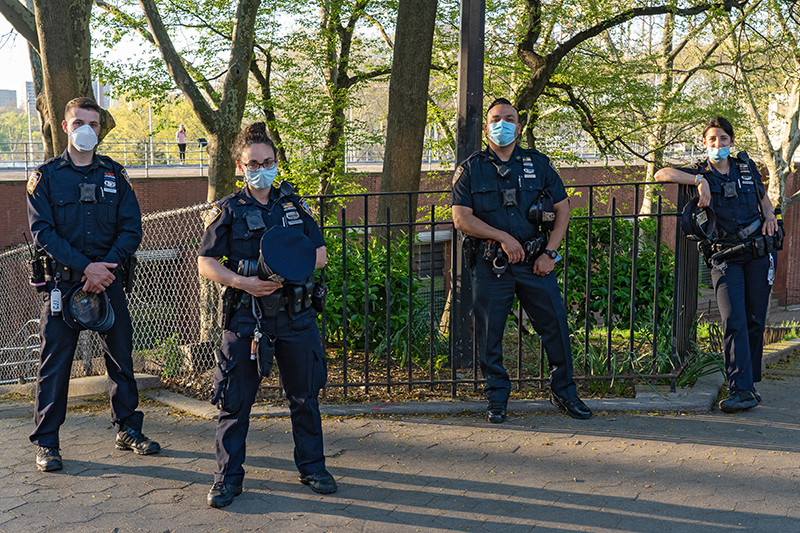Exploring High School Visual Arts: Skills, Opportunities, and Pathways
Introduction to Visual Arts Classes in High School
Visual arts classes in high school offer students a unique opportunity to explore creativity, develop artistic skills, and engage with diverse mediums. These courses are designed not only to teach techniques but also to encourage critical thinking, collaboration, and self-expression. According to the
National Art Education Association
, visual arts are a fundamental component of a comprehensive education and are included in graduation requirements in many states
[5]
. This article will detail what a visual arts class entails, the benefits for students, and how to access these programs and resources.
What Does a High School Visual Arts Class Include?
A typical high school visual arts class covers a broad spectrum of subjects and activities. Students learn foundational art elements such as color theory, composition, and perspective. They apply these concepts through various projects involving painting, drawing, sculpture, mixed media, and digital art. The curriculum is structured around four major domains: Creating , Presenting , Responding , and Connecting [2] [4] .

Source: fity.club
Creating
Students generate and conceptualize artistic ideas, experimenting with materials and techniques. For example, a unit may require students to create original cartoon characters or develop portraits using acrylics, colored pencils, and markers. Assignments often involve brainstorming, thumbnail sketches, and a refinement process to encourage innovation and problem-solving [1] [3] .
Presenting
Students prepare their artwork for presentation, which may include exhibiting pieces in school galleries or presenting their creative process to peers. This domain helps learners develop confidence in sharing their work and articulating artistic intent.
Responding
Critical reflection is integral to the curriculum. Students analyze and interpret their own art and the works of others, often through written or oral assessments. They learn to consider historical, cultural, and social contexts, deepening their understanding of the role art plays in society [3] .
Connecting
Visual arts classes encourage students to connect personal experiences, cultural backgrounds, and societal issues to their artistic choices. This fosters lifelong engagement with art and helps learners appreciate its relevance beyond the classroom [2] .
Real-World Examples: Project-Based Learning
Project-based learning is a cornerstone of visual arts education. For instance, students might be tasked with creating a cartoon character mash-up by blending different facial features, practicing drawing and painting techniques, and developing a narrative for their character. Another common project involves portraiture, where students use references from photocopies or digital images to paint and draw unique portraits, applying multiple artistic conventions [1] .
Other examples include figure drawing and sculpture, where students learn skills such as axis and blocking-in lines, foreshortening, and scale. These projects help students understand anatomy and proportion and defend their artistic choices through written and oral presentations [3] .
Benefits of Visual Arts Education
Participation in visual arts classes provides tangible benefits:
- Creativity : Students exercise and develop creativity as an essential intellectual activity, fostering innovation and original thinking [2] .
- Collaboration : Group projects and peer critiques enhance leadership and teamwork skills.
- Critical Thinking : Analyzing and reflecting on artworks builds problem-solving abilities and visual literacy.
- Self-Discipline : Completing projects within deadlines and refining techniques teaches responsibility and persistence.
- Personal Growth : Art enables students to explore personal and cultural identity, express emotions, and build confidence.
How to Access High School Visual Arts Programs
Most public and private high schools offer visual arts courses as part of their curriculum, often fulfilling graduation requirements for fine arts. To enroll:
- Contact your school counselor to review available visual arts classes and prerequisites.
- Review the school’s course catalog for descriptions and requirements. Many schools publish curriculum guides online or provide them upon request.
- Ask about extracurricular opportunities such as art clubs, competitions, and exhibitions for additional engagement.
- Explore community art centers and museums for supplemental workshops or summer programs. Local cultural institutions often collaborate with schools or offer student discounts.
- Visit state education department websites and search for ‘visual arts curriculum standards’ to review official guidelines and resources.
Students interested in pursuing advanced art classes or preparing for college-level study can seek out AP (Advanced Placement) Art courses, portfolio development workshops, and mentorship opportunities through established organizations such as the National Art Education Association.
Potential Challenges and Solutions
Some students may face challenges such as limited access to supplies or lack of prior experience. Schools typically provide basic materials, but students can supplement with affordable supplies from local stores or online retailers. For those seeking additional support, many teachers offer extra help sessions and peer mentoring. If scheduling conflicts arise, consider summer or evening classes at community centers or virtual art programs.
Alternative Pathways and Additional Resources
Students who cannot access visual arts classes directly through their school have alternative pathways:
- Online Courses : Platforms like Coursera, Khan Academy, and other educational websites offer introductory art courses.
- Community Programs : Nonprofit organizations and libraries often host free or low-cost art workshops.
- Portfolio Building : Independent projects and online galleries can be used to build an art portfolio for college applications or personal development.
To locate these resources, search for terms such as ‘teen art classes near me,’ ‘youth art workshops,’ or ‘high school art portfolio help’ along with your city or region. For official curriculum standards, visit your state’s department of education website and browse the fine arts section for downloadable guides and recommended practices.

Source: fity.club
Key Takeaways
High school visual arts classes are a vital part of student development, promoting creativity, critical thinking, and personal expression. By engaging in hands-on projects and reflective practices, students gain valuable skills that extend beyond the classroom. Accessible through most schools and supplemented by community and online resources, visual arts education provides multiple pathways for growth and lifelong learning.
References
[1] The Art of Education University (2016). Engaging Visual Arts Course Map. [2] Ohio Department of Education (2024). Visual Arts Standards. [3] Shelby County Schools (n.d.). High School Art I Curriculum Map. [4] Tennessee Department of Education (2016). Fine Arts Standards. [5] National Art Education Association (2025). Definition of Fine Arts for High School Graduation Requirements.
MORE FROM 9scholarships.de
